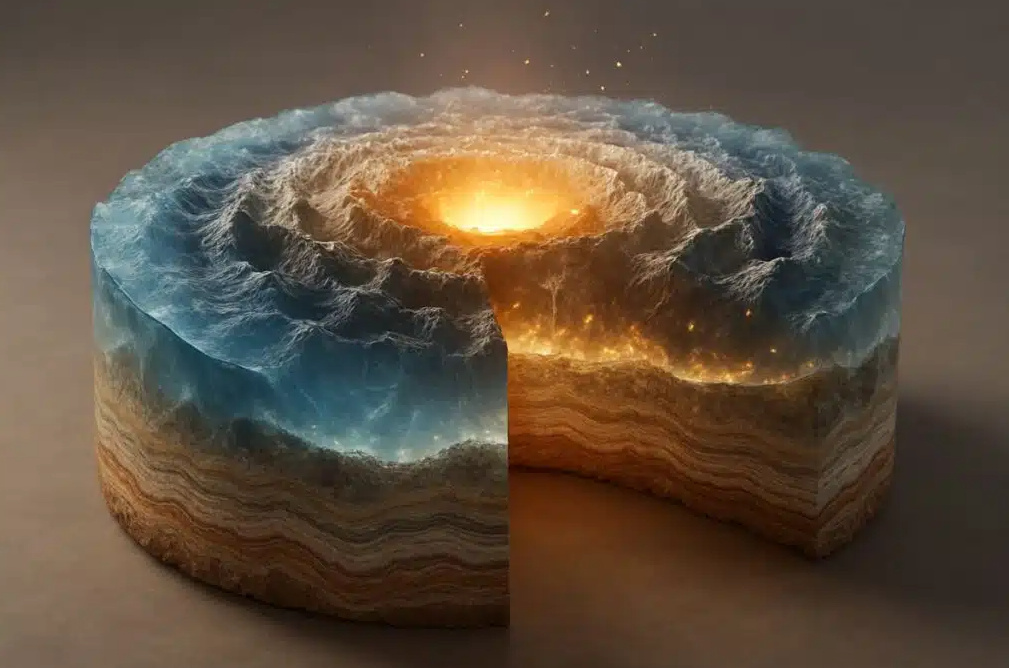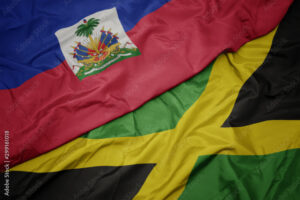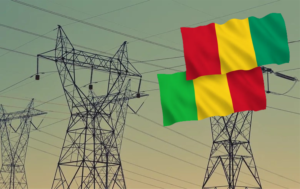Scientists have just discovered an ocean at the Earth’s core, challenging our understanding of the universe.

Rose Dixon
06/23/2025
Scientists have just discovered an ocean at the Earth’s core, challenging our understanding of the universe.
Could there be a huge ocean hidden 700 km beneath our feet? If the discoveries made by teams of scientists in two different parts of the world are anything to go by, this could well be the case. All the more reason to shake up many beliefs about our blue planet on the outside…. And a little on the inside.
An ocean at the centre of the Earth? If this image rings a bell, it’s probably because you’ve read Jules Verne’s novel Journey to the Centre of the Earth, published over 150 years ago. Reality may well be catching up with fiction, since the discoveries made by two teams of scientists in Brazil and Botswana point in the same direction on this subject.
Two discoveries more than 10 years apart
At the heart of this speculation is a very special mineral found in Brazil in 2009 by the team of Dr. Graham Pearson, Director of Diamond Exploration Research at the University of Alberta. Ringwoodite was found in a stone recovered from a depth of between 410 and 660 km below the Earth’s surface. This hydrated mineral had never before been observed in the natural environment: it is a phenomenon that can occur in meteorites, but at the centre of the Earth, no one imagined it.
This discovery, later reported in the journal Nature, proved that water could be trapped in rocks in the Earth’s mantle, but the question was whether or not it was an isolated case. While numerous laboratory studies followed in the years that followed, it was in 2022 that a new study brought natural ringwoodite back into the limelight: a stone similar to Pearson’s had just been discovered in Botswana. In the hands of mineral physicist Tingting Gu at the Gemological Institute of America in New York, this stone confirmed theories already put forward more than 10 years earlier.
An ocean beneath our feet, but not as you might imagine
Geologists’ studies therefore seem to confirm that the transition zone, located at a depth of between 410 and 660 km, contains a volume of water equivalent to one or more surface oceans. But be careful: this is not liquid water or ice, but water trapped in minerals such as ringwoodite, which can store water in the form of OH- ions at high pressure.
This discovery has shaken up the beliefs of experts in the field, but it has also raised a host of questions. The most obvious concerns the origin of this water. The second relates to its role in the Earth’s water cycle. “I think that this underground ocean could be the source of a deep water cycle, which is in fact crucial to the functioning of our planet”, says Tingting Gu. For his part, Graham Pearson believes that this water trapped in the depths of the Earth could have an important role to play in plate tectonics, among other things.
Source: Rose Dixon






